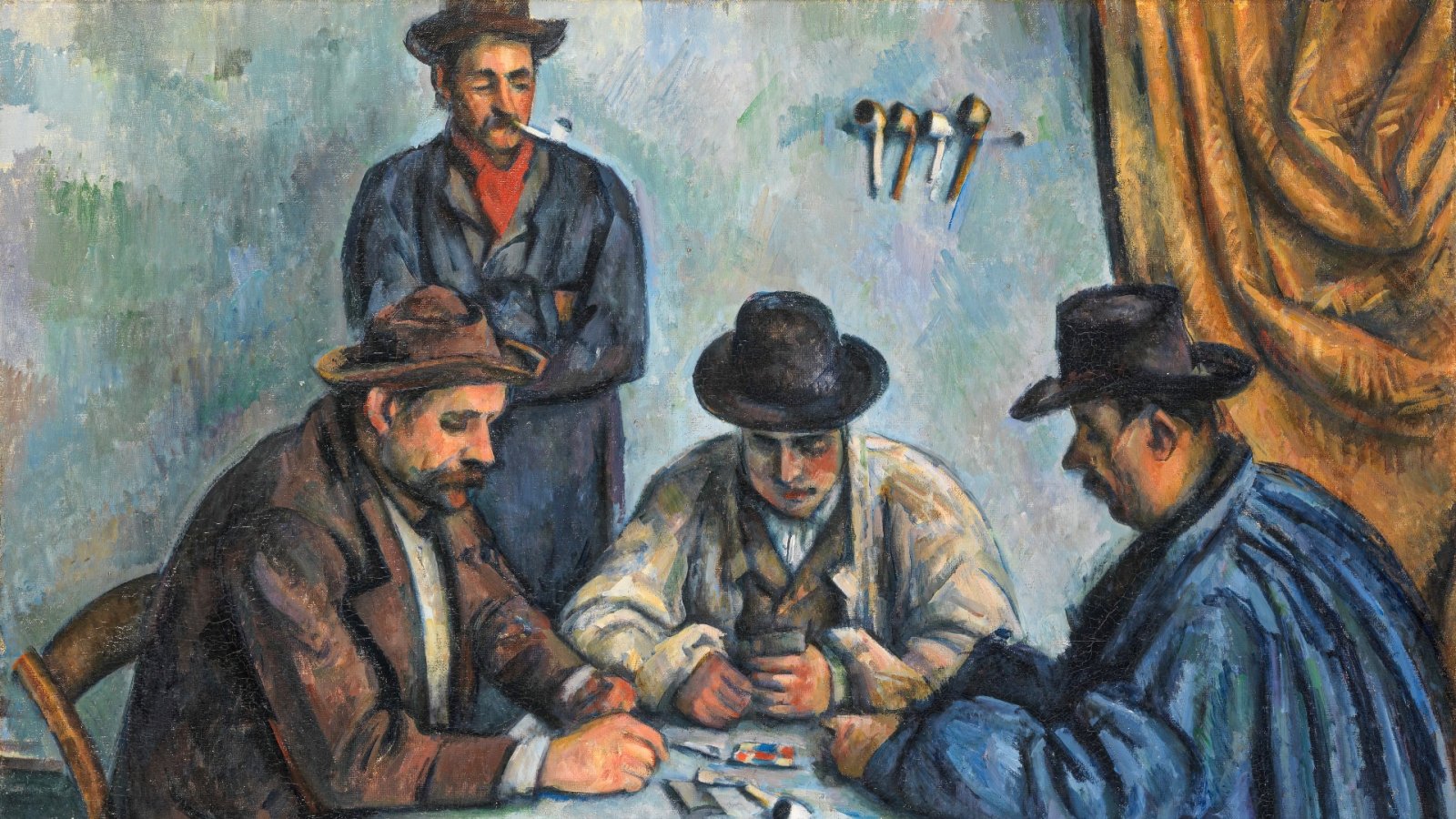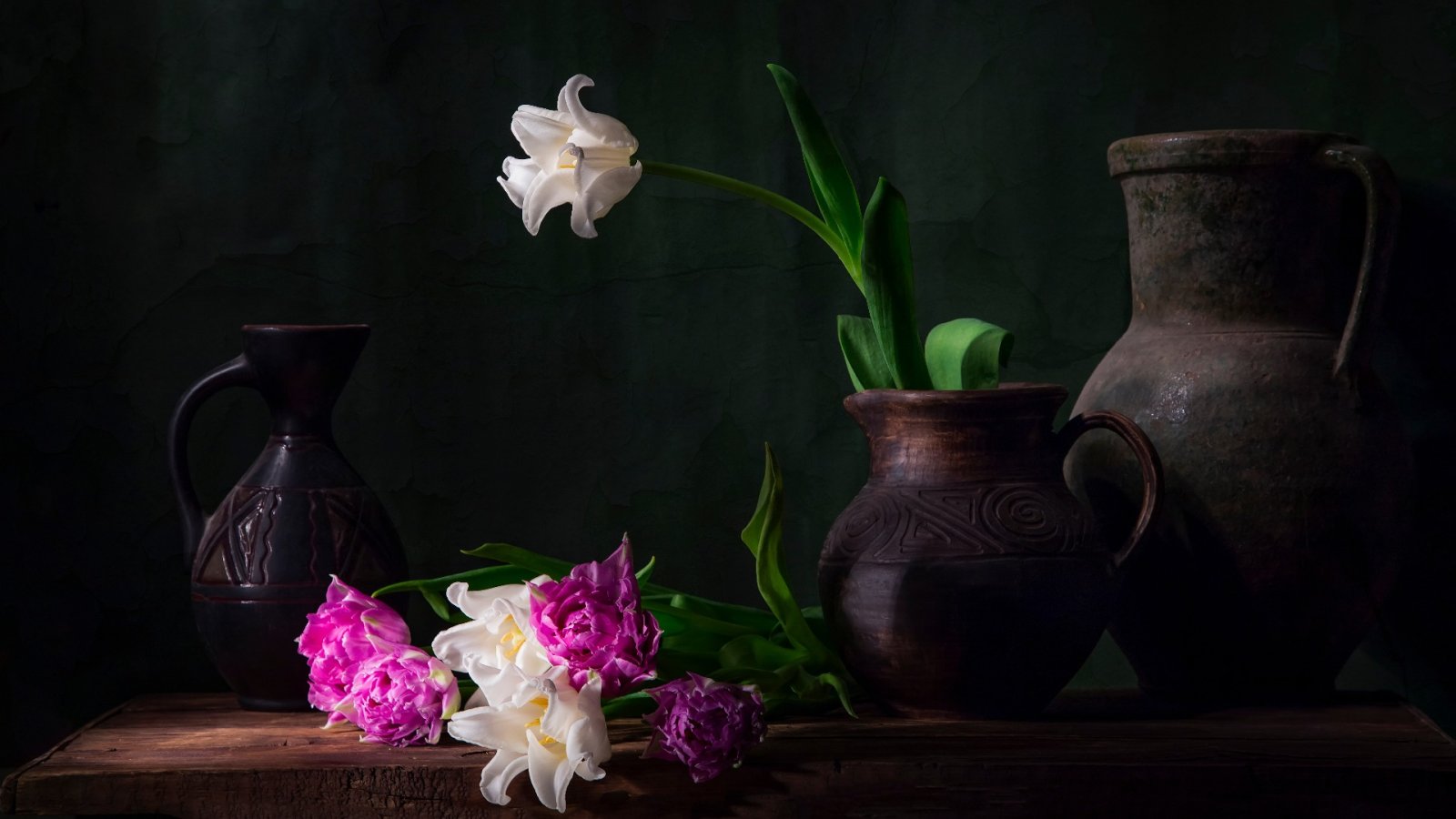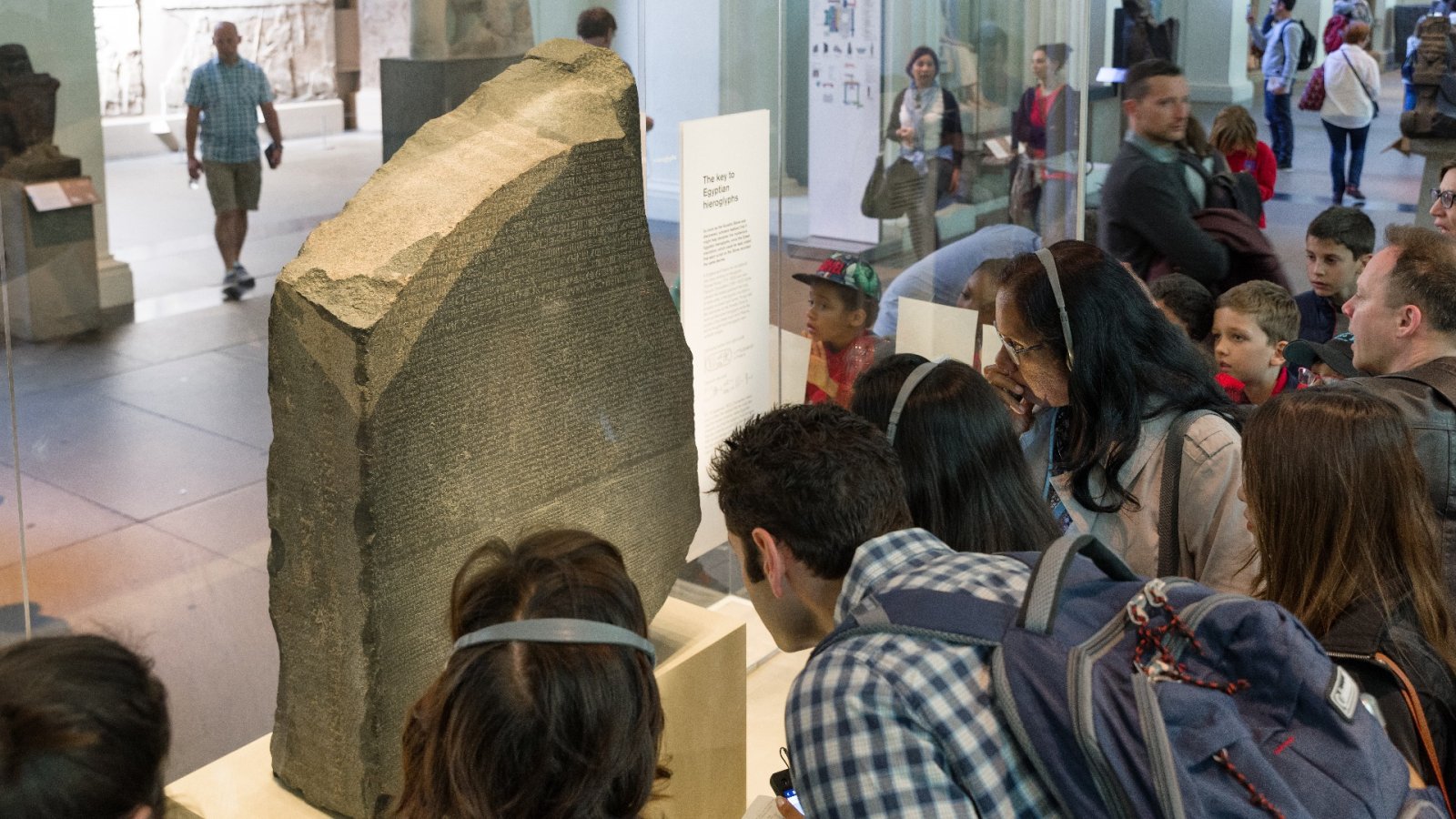Throughout history, people have uncovered a variety of noteworthy artifacts from ancient societies, whether through intentional searching or chance encounters. But the most stunning fact is that these discoveries supply valuable insights into the cultures that created them, including their religious practices, artistic abilities, societal beliefs, and their regular, daily life. The following list showcases 5 of the world's most notable archaeological finds, providing a glimpse into the cultures that left them behind.
1. The Rosetta Stone
The Rosetta Stone is a 2,200-year-old fragment of a larger slab that contains a decree passed by a council of priests in 196 BCE.
Why is this impressive? Well, the inscription supports Ptolemy V, who was only 13 years old at the time, on the first anniversary of his coronation. The stone is unique in that it is inscribed with hieroglyphs, cursive Egyptian script, and ancient Greek, which allowed scholars to decipher the hieroglyphs using their knowledge of the other two languages. It's made of granodiorite, a type of granite, and it was discovered in 1799 by soldiers in Napoleon's army while building a fort near the town of Rashid, also known as Rosetta, on the Nile River delta in northern Egypt.
2. The Dead Sea Scrolls
If you've ever heard of the Dead Sea Scrolls, you know that they are a collection of ancient Jewish religious manuscripts dating from the 3rd century BCE to the 1st century CE. They were found in the Qumran Caves along the northern shore of the Dead Sea and include over 800 documents made from animal skin, papyrus, and copper. The scrolls were first discovered in 1946-47 by Bedouin shepherds who found them hidden in jars! They contain the oldest surviving copies of books later included in the Christian biblical canon, and provide insight into the diversity of religious thought and an understanding of Judaism and early Christianity. So cool!
3. The Moai Statues
Easter Island, also known as Rapa Nui to its native inhabitants, is home to a collection of over 1,000 monolithic statues. These wonders are located in the southeastern Pacific Ocean and are carved by skilled artisans from volcanic tuff. They depict upright human figures with large heads and stylized, angular faces featuring prominent noses, ears, and lips. It is believed that the statues' eye sockets were filled with white coral and red stones during special ceremonies. The monoliths are known as Moai and range in height from 6 to 30 feet and weigh up to 80 tons, with many of them remaining unfinished.
While much about the Moai remains a mystery, scholars believe they were built between 400 and 1500 CE to honor native ancestors. The majority of the statues face inland, watching over and protecting the island's inhabitants. However, you can find seven statues facing the ocean. Why? The story tells that they represent islanders who watched for incoming ships. Rapa Nui National Park, where the statues are located, was designated as a UNESCO World Heritage Site in 1996. Recently, a volcanic eruption led to a fire that severely damaged some of the Moai, officials are still assessing the extent of the damage.
4. The Suontaka Grave
In 1968, the Suontaka grave was discovered in Hattula, Finland - during water pipe construction. This nearly 1,000-year-old grave had inside it human remains, a sword with a bronze handle, a hiltless sword, and women’s jewelry.
Previously, it was believed to be a double burial of a man and a woman or that of a female warrior. Nevertheless, recent studies reveal that it was the grave of an individual who had been laid on a feather blanket, wearing furs and feminine clothing, with the hiltless sword on the left hip. DNA analysis conducted at the University of Helsinki found evidence of Klinefelter syndrome, which is characterized by XXY sex chromosomes.
5. The Benin Bronzes
The Benin Bronzes are a group of artifacts that were taken in 1897 from the Kingdom of Benin, present-day Nigeria. The artifacts are believed to contain over 5,000 objects, including figurines, tusks, sculptures of Benin's rulers, and an ivory mask.
The history of these objects says that they were obtained by the British empire in an act of retaliation where troops were sent to take the artifacts. Thousands of priceless objects were given on loan to the British Museum, sold to British and German institutions, and kept by those who participated in the military operation. The return of these objects has been a controversial issue. Recently, a comprehensive online database called Digital Benin was launched, identifying the location of more than 5,000 of the African objects, scattered across 131 institutions in 20 countries.






